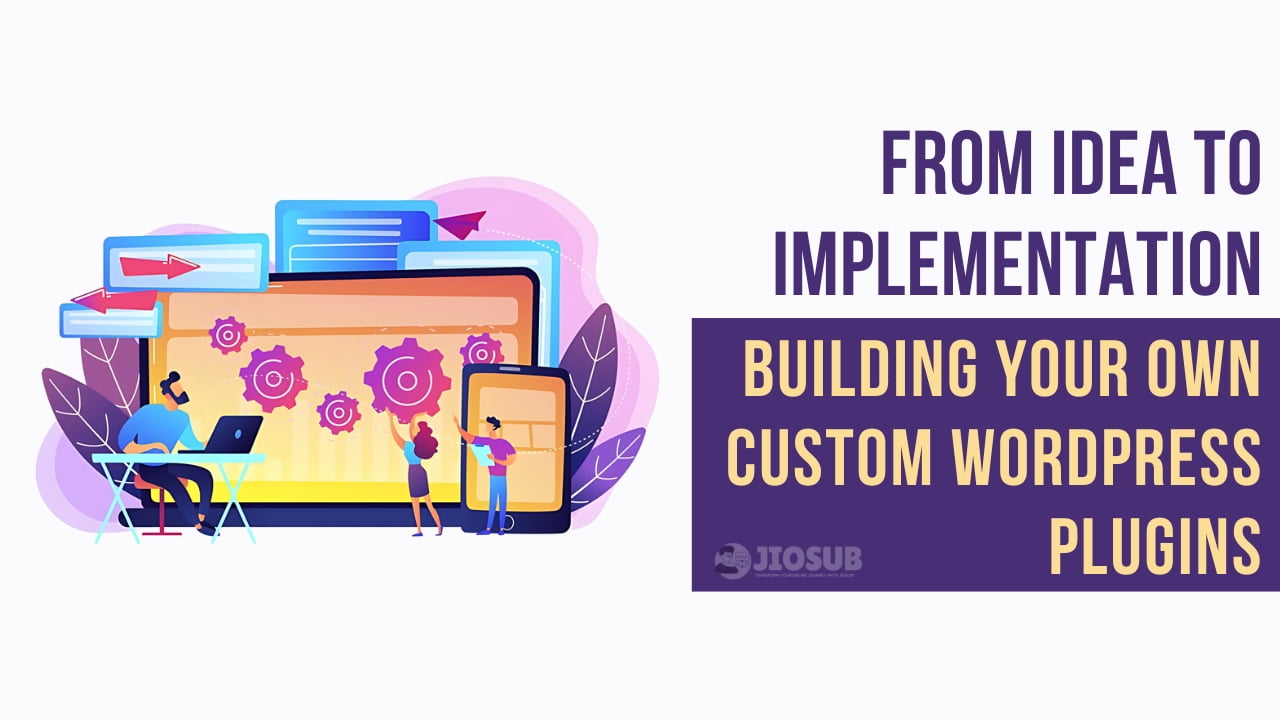Imagine having a WordPress website that perfectly caters to your unique needs, offering functionalities precisely tailored to your requirements. This dream isn’t far-fetched; it’s achievable with custom WordPress plugins. In this guide, we’ll walk you through the journey from ideation to implementation, empowering you to build your own custom WordPress plugins.
Introduction to WordPress Plugins
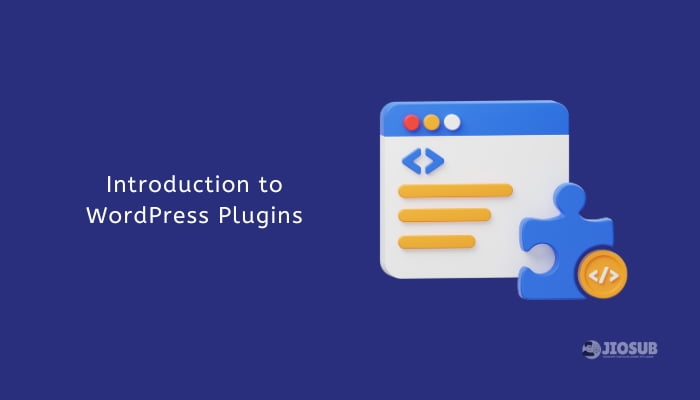
What are WordPress Plugins?
WordPress plugins are pieces of software that extend the functionality of your WordPress site. They allow you to add new features, modify existing ones, or enhance various aspects of your website.
Importance of Custom Plugins
While there are thousands of plugins available in the WordPress Plugin Directory, custom plugins offer unparalleled flexibility and customization. They enable you to address specific needs that may not be met by existing solutions.
Understanding the Basics

How Plugins Work
Plugins interact with the WordPress core, hooking into its functionality to execute specific tasks. They comprise PHP code, CSS, JavaScript, and other resources to deliver their intended functionalities.
Programming Languages for Plugin Development
Primarily, WordPress plugins are written in PHP, but they may also incorporate HTML, CSS, JavaScript, and SQL for database interactions.
Identifying Your Needs
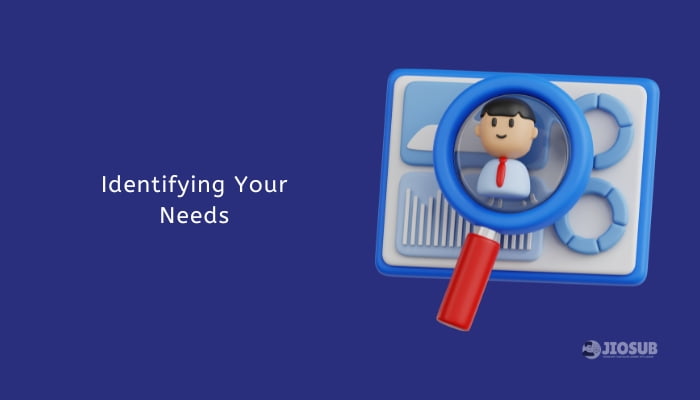
Assessing Functionality Requirements
Begin by identifying the functionalities your website requires. Consider aspects such as user experience, site performance, and backend operations.
Identifying Gaps in Existing Plugins
Evaluate existing plugins to see if they fulfill your requirements. If there are gaps or limitations, these provide opportunities for custom plugin development.
Planning Your Plugin

Defining Objectives
Clearly define the objectives of your plugin. What problem does it solve? What features will it offer? Establish a clear vision to guide the development process.
Sketching Out Features and User Flow
Create wireframes or sketches illustrating the features and user flow of your plugin. This visual representation helps in understanding the user experience and interface design.
Setting Up Your Development Environment

Installing WordPress Locally
Set up a local development environment using tools like XAMPP or MAMP. This allows you to develop and test your plugin in a controlled environment.
Configuring Development Tools
Choose code editors and debugging tools that streamline your development process. Popular choices include Visual Studio Code, PhpStorm, and debugging plugins for WordPress.
Coding Your Plugin

Starting with a Simple Plugin Structure
Begin with a basic plugin structure consisting of essential files like the main plugin file, CSS, JavaScript, and any additional resources.
Implementing Features Step by Step
Break down your plugin’s features into manageable tasks and implement them one at a time. Follow best practices for coding, ensuring readability, scalability, and maintainability.
Testing and Debugging

Importance of Testing
Thoroughly test your plugin to identify and rectify any issues or bugs. Testing should encompass functionality, compatibility, and performance.
Debugging Techniques
Utilize debugging tools and techniques to diagnose and fix errors in your code. WordPress offers built-in debugging features, along with third-party plugins for advanced debugging.
Also Read: The Best Analytics Plugins to Track Your Website Performance [2024]
Optimizing Performance
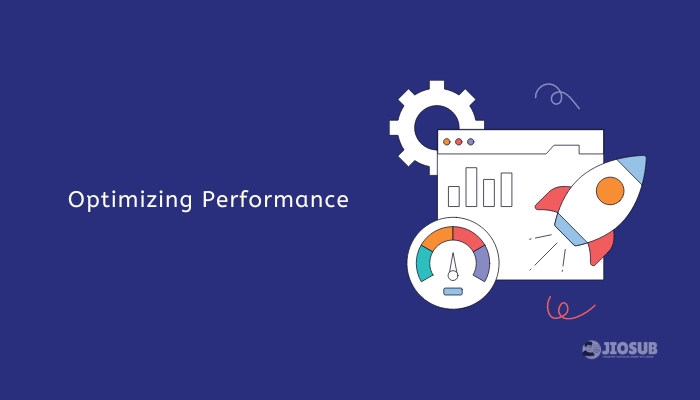
Reducing Plugin Bloat
Optimize your plugin for performance by minimizing unnecessary code, reducing database queries, and optimizing asset loading.
Implementing Caching and Optimization Techniques
Incorporate caching mechanisms and optimization techniques to enhance your plugin’s performance, ensuring swift response times and efficient resource utilization.
Ensuring Security

Common Security Threats
Understand common security threats such as SQL injection, cross-site scripting (XSS), and authentication vulnerabilities.
Best Practices for Secure Plugin Development
Adhere to security best practices such as data validation, sanitization, and escaping to mitigate potential vulnerabilities in your plugin.
Documentation and User Support
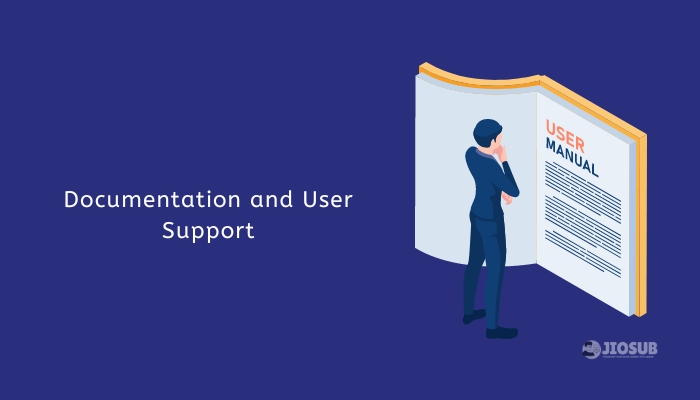
Writing Clear Documentation
Provide comprehensive documentation explaining the installation, configuration, and usage of your plugin. Clear documentation enhances user experience and reduces support inquiries.
Providing Effective User Support Channels
Offer multiple channels for user support, including forums, documentation, ticket systems, and email. Promptly address user queries and issues to maintain user satisfaction.
Deploying Your Plugin

Preparing Your Plugin for Deployment
Ensure your plugin meets the submission guidelines of the WordPress Plugin Directory. Prepare readme.txt, screenshots, and other necessary files for submission.
Submitting to the WordPress Plugin Directory
Submit your plugin to the WordPress Plugin Directory for review and approval. Follow the submission guidelines and respond promptly to any feedback or requests from the review team.
Must read: 10 Essential WordPress Plugins for Every Website
Promoting Your Plugin
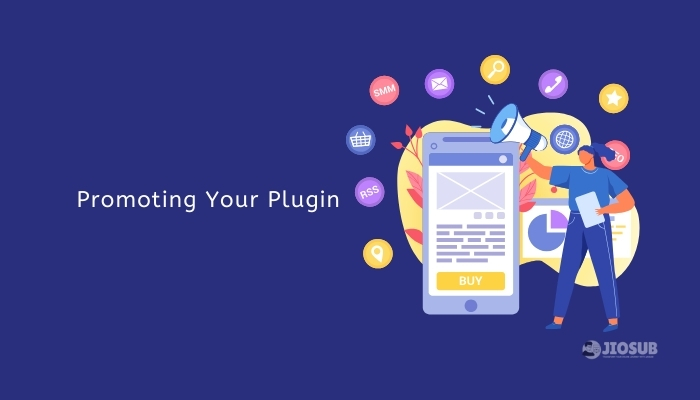
Utilizing Social Media and Blogs
Harness the power of social media platforms and blogs to promote your plugin. Share updates, tutorials, and success stories to attract users and drive traffic to your plugin page.
Engaging with the WordPress Community
Participate in WordPress forums, communities, and events to build relationships and establish credibility. Engage with fellow developers and users to gather feedback and foster collaboration.
Gathering Feedback and Iterating

Monitoring User Feedback
Regularly monitor user feedback and reviews to identify areas for improvement. Gather insights from user interactions to prioritize feature enhancements and bug fixes.
Continuous Improvement Process
Embrace a continuous improvement mindset, iterating on your plugin based on user feedback and changing requirements. Regularly release updates to address issues and introduce new features.
Must Read: Backup and Restore Plugins: Keep your website data safe and secure in 2024
Monetizing Your Plugin
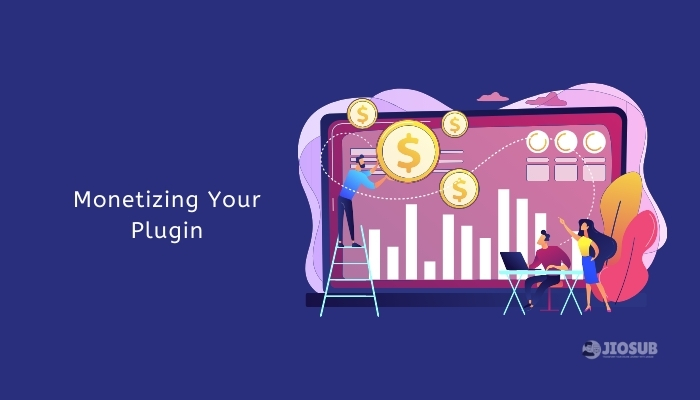
Pricing Models
Consider different pricing models, such as freemium, subscription-based, or one-time purchases. Choose a pricing strategy that aligns with your target audience and the value proposition of your plugin.
Premium Features and Add-ons
Offer premium features or add-ons to monetize your plugin further. These could include advanced functionalities, priority support, or exclusive access to updates.
Conclusion
Congratulations! You’ve started on the journey of building your own custom WordPress plugins, from idea to implementation. By following the steps outlined in this guide, you’ve gained the knowledge and skills necessary to create plugins that meet your specific needs and contribute to the WordPress ecosystem. Remember, the key to success lies in thorough planning, diligent development, and continuous iteration. Now, go forth and unleash your creativity to craft innovative solutions that enhance the WordPress experience for yourself and others.
FAQs (Frequently Asked Questions)
Can anyone create a custom WordPress plugin?
Yes, anyone with basic programming knowledge and familiarity with WordPress can create a custom plugin. However, proficiency in PHP and JavaScript is recommended for more complex plugins.
Do I need to be an expert in WordPress development to build a plugin?
While expertise certainly helps, it’s not a requirement. With dedication, patience, and the resources available online, even beginners can learn to develop WordPress plugins effectively.
How long does it take to develop a custom WordPress plugin?
The time required depends on various factors such as the complexity of the plugin, your level of experience, and the availability of resources. Simple plugins may take a few days to develop, while more complex ones could take weeks or even months.
Can I modify existing plugins instead of creating one from scratch?
While modifying existing plugins is possible, it’s essential to respect the licensing terms and permissions of the original plugin. Additionally, modifying plugins may not always meet your specific needs, making custom development a more viable option.
Is there a market for selling custom WordPress plugins?
Yes, there is a market for selling custom WordPress plugins, especially if they offer unique functionalities or cater to niche audiences. Platforms like CodeCanyon and independent marketplaces provide avenues for developers to monetize their plugins.

